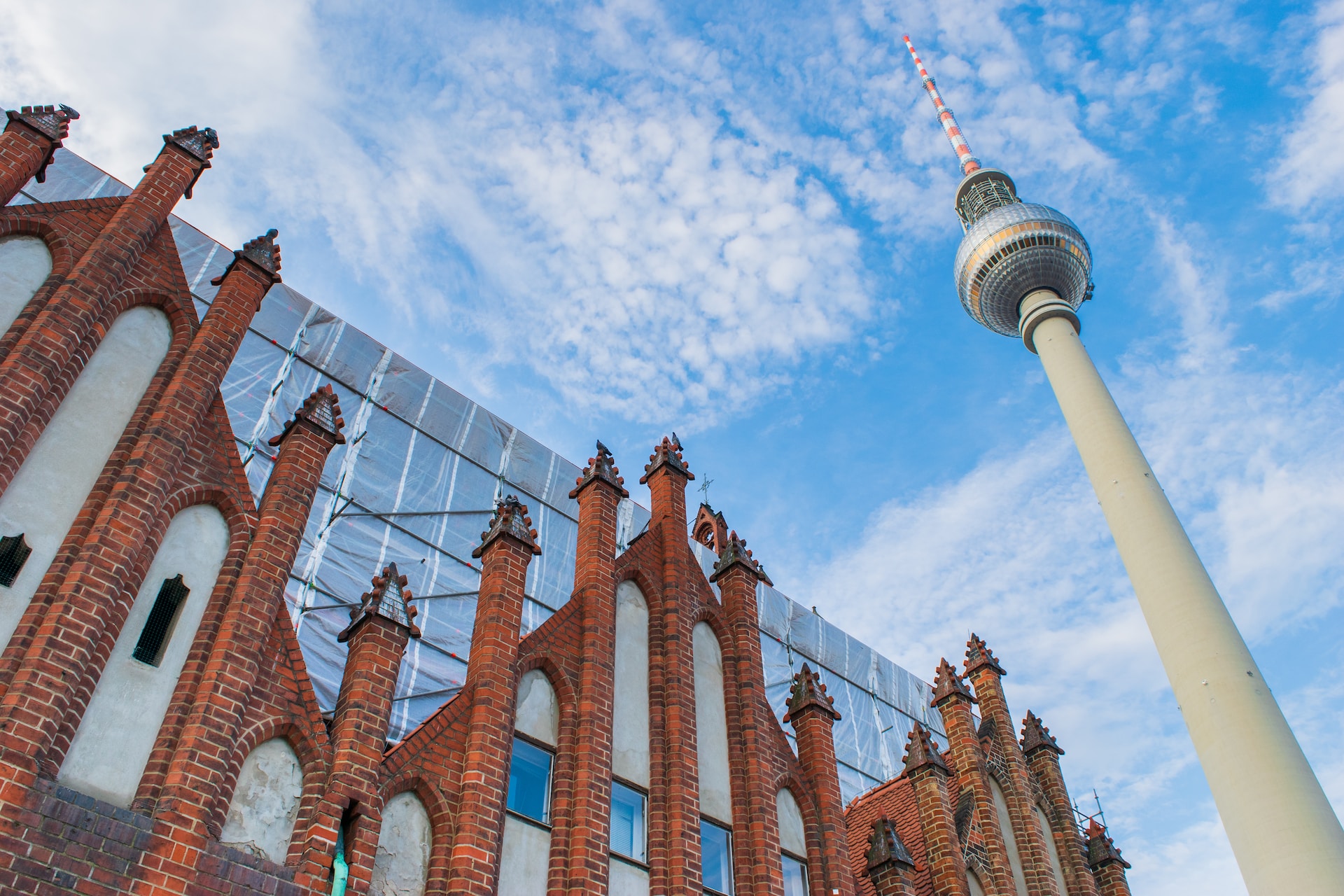When discussing German history, it’s impossible to avoid the atrocities committed during the Nazi regime. One of the most haunting and somber aspects of this period was the establishment and operation of concentration camps. In this blog post, we will explore the key facts about concentration camps in Berlin, shedding light on this dark chapter of history.
1. Overview of Concentration Camps
During World War II, the Nazi regime constructed concentration camps as a part of their systematic persecution and extermination of various groups, primarily Jews, but also political dissidents, Romani people, homosexuals, and other minorities. These camps served as centers for imprisonment, forced labor, and mass murder.
2. Sachsenhausen Concentration Camp
Sachsenhausen, located in Oranienburg near Berlin, was one of the first concentration camps established by the Nazis. Initially built to imprison political dissidents, it later expanded to accommodate prisoners from various backgrounds. Sachsenhausen operated from 1936 until its liberation by Soviet forces in 1945. Around 200,000 people were held captive in Sachsenhausen, and over 30,000 lost their lives.
Subsections:
2.1 Living Conditions
The living conditions in Sachsenhausen were horrendous. Prisoners endured overcrowding, malnutrition, disease, and brutal treatment by the SS guards. The lack of basic necessities and constant fear created an unbearable environment for those imprisoned there.
2.2 Infamous Incidents
Sachsenhausen was the site of several infamous incidents, one of which was the “Station Z” execution facility. Here, thousands of prisoners were executed through various methods, including gunshot wounds, hangings, and lethal injections. The aim was to intimidate and terrorize the inmates.
3. Ravensbrück Women’s Concentration Camp
Located 56 miles north of Berlin, Ravensbrück was the largest women-only concentration camp built by the Nazis. Opening in 1939, it imprisoned women from different countries and backgrounds, including political prisoners and Jehovah’s Witnesses. More than 130,000 women and children were held captive there, and tens of thousands died.
Subsections:
3.1 Medical Experiments
Ravensbrück became a site for horrific medical experiments carried out on the female prisoners. These experiments were conducted by doctors who disregarded ethics and deliberately caused pain, injury, and sometimes death to their victims.
3.2 Resistance and Liberation
Despite the constant suffering, the women in Ravensbrück showed incredible resilience and resistance. They formed secret networks, shared information, and even managed to sabotage the camp’s industry from within. The camp was eventually liberated in April 1945 by Soviet forces.
4. Visit Memorial Sites
Today, both Sachsenhausen and Ravensbrück have been turned into memorial sites to remember the victims and educate visitors about the atrocities committed. Visiting these sites can provide a deeply moving and educational experience, offering insight into the horrors of the Holocaust and reminding us of the importance of never forgetting.
Conclusion
The concentration camps in Berlin, particularly Sachsenhausen and Ravensbrück, are grim reminders of the atrocities committed during the Nazi regime. Understanding the key facts about these camps is crucial in preserving historical memory and ensuring such horrors are never repeated. By educating ourselves and visiting memorial sites, we honor the victims and contribute to the fight against ignorance and hatred.

